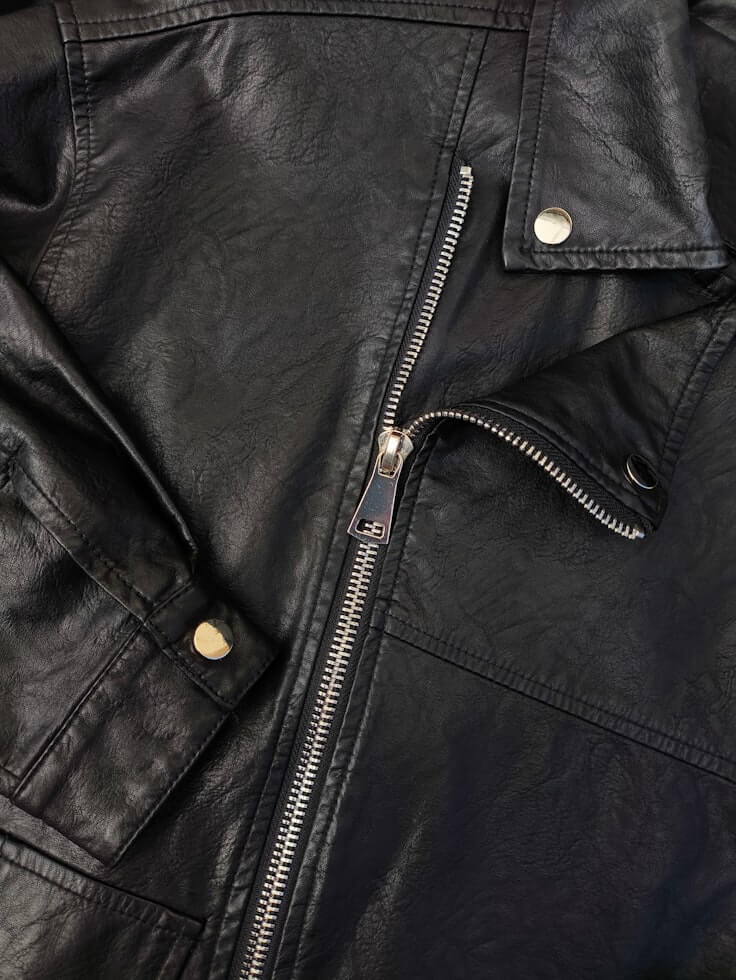Section 2: Your DIY Rescue Kit: What You’ll Need
You don’t need a garage full of specialty products to tackle this job. For this leather mold removal mission, you likely have most supplies at home. The goal is to be effective yet gentle, avoiding any harsh chemicals that could damage the material.
Your essential toolkit includes a primary cleaner. Rubbing alcohol (70% isopropyl) is our top recommendation because it kills mold spores and evaporates quickly. As an alternative, distilled white vinegar is a natural and effective option. You’ll also need soft, clean microfiber cloths for applying your solution and a soft-bristled brush (a clean makeup brush is perfect) for dry work.
Aftercare is non-negotiable. A high-quality leather conditioner is crucial for restoring moisture lost during cleaning. Finally, for your safety, have disposable gloves and a mask ready to handle mold spores. With this simple kit, you’re equipped to clean mold off leather safely and effectively.
Section 3: Choose Your Cleaning Method: A Simple Guide
Not every mold situation is the same. To make it easy, here’s a quick guide to help you pick the best path forward for your jacket. Think of it as your “choose-your-own-adventure” starting point.
For most common cases of surface mold, The Rubbing Alcohol Method is your best bet. It’s highly effective at killing spores and is less likely to oversaturate the leather. If you’re dealing with a very mild case or don’t have any rubbing alcohol, The Vinegar Solution Alternative works well, though its smell can be strong. If the mold is stubborn, covers a large area, or the jacket is very valuable, your smartest move is to call a professional leather cleaner. They have the expertise to handle severe cases without risk. Choosing the right method from the start sets you up for success in removing mold from your leather jacket.
Section 4: Method 1: The Rubbing Alcohol Fix (Step-by-Step)
This method is a favorite for a reason: it’s straightforward and highly effective. Follow these simple steps to remove mold from leather with confidence.
First, always start with a spot test. Mix equal parts rubbing alcohol and distilled water. Dampen a cloth corner and gently test it on a hidden area, like an inside seam. Wait 10 minutes. If there’s no color transfer or damage, you’re good to go. Take the jacket outside and gently brush away any loose, dry mold with your soft brush.
Next, dampen a clean microfiber cloth with your alcohol solution—it should be damp, not dripping. Gently wipe the moldy areas using small, circular motions. You’ll see the mold transfer onto the cloth. Use a clean section as it gets dirty. Once the mold is gone, let the jacket air dry naturally away from direct heat or sun. Finally, once completely dry, apply a leather conditioner to restore softness and prevent cracking.
Section 5: Method 2: The Vinegar Solution (Step-by-Step)
If you’re using vinegar, the process is very similar but with a different solution. This is a great natural alternative for cleaning mold off your leather jacket.
Your cleaning solution is a 50/50 mix of distilled white vinegar and distilled water. Remember to always do a spot test on a hidden area first to check for any adverse reactions. Just like with the alcohol method, start by taking the jacket outside and giving it a gentle dry brush to remove surface spores.
Dampen a clean cloth with the vinegar solution and wring it out well. Wipe the affected areas gently with circular motions. Don’t worry about the strong vinegar smell—it will disappear completely as the jacket dries. After cleaning, let the jacket air-dry completely at room temperature. The final, crucial step is to nourish the leather by applying a generous amount of conditioner to keep it supple.
Section 6: After Cleaning: Your Quick Inspection Checklist
The job isn’t quite done once the jacket is dry. To ensure a complete recovery, run through this quick post-cleaning checklist. This is how you make sure your leather mold removal was a full success.
First, inspect the jacket under good light. Are there any remaining spots or discoloration? If you see leftover mold spores, simply repeat the cleaning process on that specific area. Next, feel the leather. Does it feel stiffer than before? If so, a second application of leather conditioner can help restore flexibility. Finally, do the “sniff test.” If a musty smell lingers, don’t worry. This is common and fixable. A simple odor-elimination trick is coming up in the next section. This quick check ensures your jacket is truly saved.
Troubleshooting: Fixing Common Problems
Sometimes, you might run into a small hiccup after the main clean. Here are simple solutions to the most common problems you might encounter after removing mold from leather.
Problem: A musty smell remains.
Solution: This is common. Place the dry jacket in a large, sealed plastic tub or bag with an open box of baking soda for 24-48 hours. The baking soda will naturally absorb the lingering odors.
Problem: The leather feels stiff.
Solution: The cleaning process can dry out the leather. Apply another thin coat of leather conditioner, letting it soak in fully. You may need to condition it a few times over a week to restore perfect suppleness.
Problem: There are still visible stains.
Solution: Some dark staining can be tricky. You may need to accept them as part of the jacket’s history. For lighter stains, a specialized leather cleaning product designed for stain lifting can sometimes help, but always test it first.
How to Stop Mold from Coming Back
Now that your jacket is clean and beautiful again, let’s make sure it stays that way. Preventing mold is all about smart storage and a little bit of routine care to keep your leather jacket in top shape.
Always store your jacket in a cool, dry place with good air circulation. Avoid damp basements or hot attics. Crucially, use a breathable cloth garment bag instead of a plastic one, which traps moisture and creates a perfect environment for mold to grow. It’s also a great idea to place a few silica gel packets in your closet or storage area; these little packets are amazing at absorbing excess moisture from the air. Finally, storing your jacket on a wide, padded hanger helps it keep its shape and allows air to circulate around it.
When to Call a Professional Cleaner
Knowing when to call for backup is a sign of a smart jacket owner. While DIY is great for many situations, some problems require an expert’s touch to avoid causing irreversible damage to your prized possession.
You should seriously consider calling a professional leather cleaner if the mold infestation is widespread, covering more than half of the jacket. If your jacket is made of a delicate leather like suede or nubuck, or if it’s a valuable vintage or designer piece, the risk of a DIY job is higher. Finally, if you’ve already tried the methods in this guide and the mold or stains persist, it’s time to hand it over to a pro. They have industrial-grade cleaners and techniques to salvage jackets that are past the point of DIY.
You’ve Got This! Save Your Jacket
Discovering mold on your leather jacket can feel disheartening, but as you’ve seen, it’s a challenge you are fully equipped to handle. The process of how to remove mold from a leather jacket boils down to a few key principles: act calmly, be gentle with the leather, and never skip the conditioner.
You have the knowledge to assess the damage, choose the right method, and safely bring your jacket back to life. By following these steps, you’re not just performing a simple cleaning task—you’re preserving a piece of your wardrobe that holds memories and style. So, gather your supplies, take a deep breath, and give your jacket the second chance it deserves. You can do this


